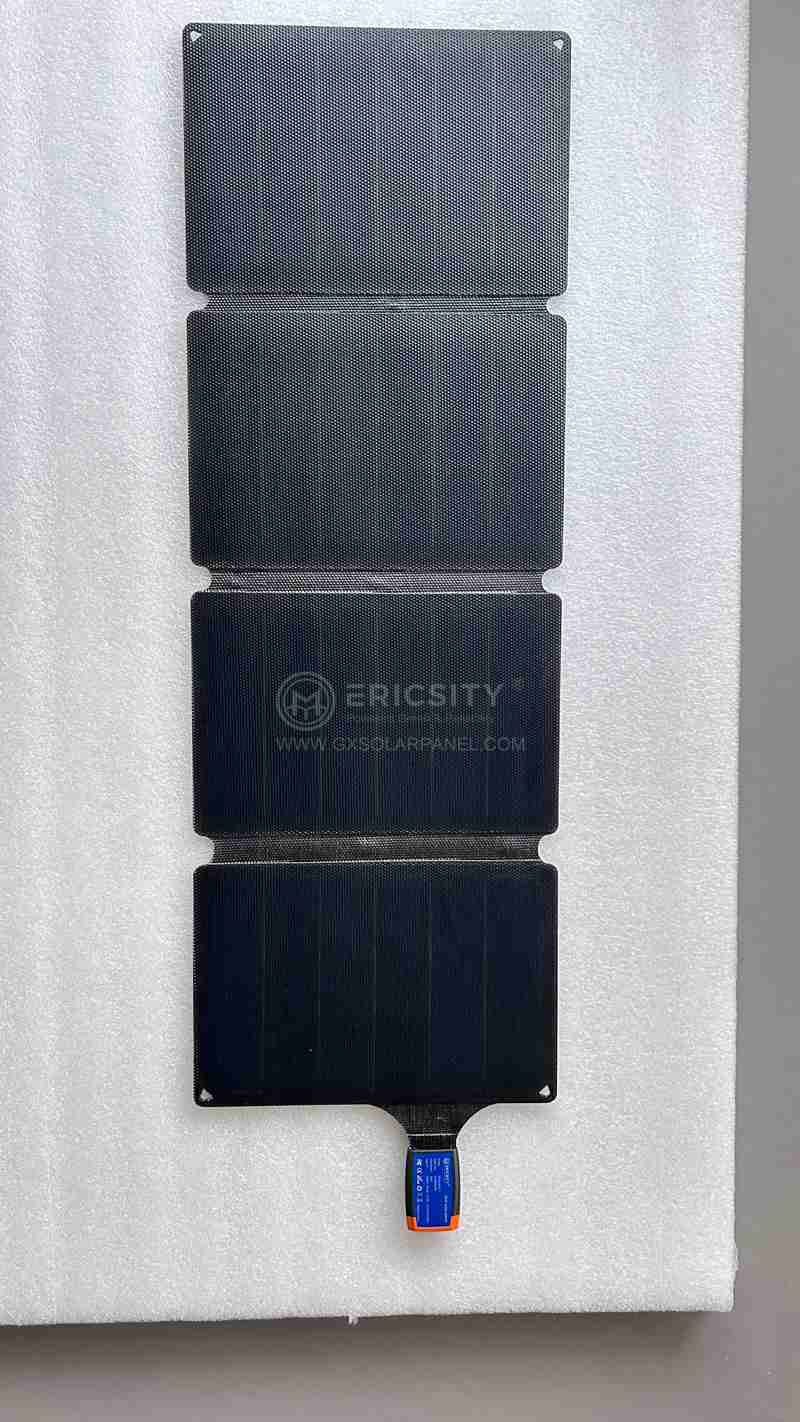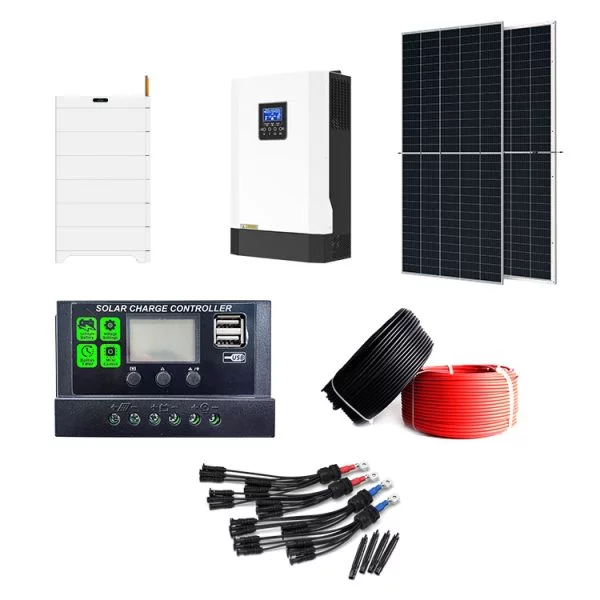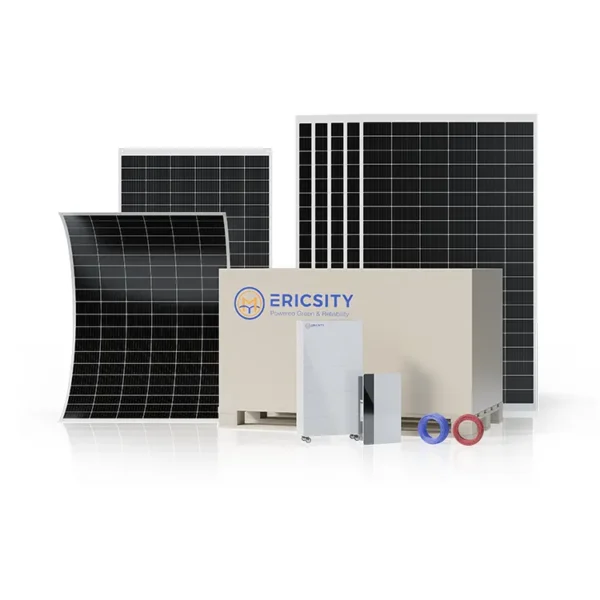HOT PRODUCT
Product Details
amorphous Flexible Solar Panels: A Sustainable Choice For The Planet
Title: Amorphous Flexible Solar Panels: A Sustainable Choice For The Planet
Introduction
In recent years, there has been a growing emphasis on sustainable energy sources as the world faces the challenges of climate change and dwindling fossil fuel reserves. Solar power has emerged as one of the most promising alternatives, with significant advancements in solar panel technology. Among these innovations, amorphous flexible solar panels have attracted attention due to their unique characteristics and potential to revolutionize the way we harness solar energy. In this article, we will explore the advantages and applications of amorphous flexible solar panels, highlighting their viability as a sustainable choice for our planet.
Understanding Amorphous Flexible Solar Panels



Amorphous flexible solar panels, also known as thin-film solar panels, are characterized by their thin and lightweight structure. Unlike traditional crystalline silicon solar panels, amorphous panels utilize thin layers of semiconductor materials, such as amorphous silicon, to convert sunlight into electricity. This technology allows for flexibility and versatility in design, enabling integration into various surfaces and shapes.
Advantages of Amorphous Flexible Solar Panels
1. Efficiency in Low Light Conditions:
One of the notable advantages of amorphous flexible solar panels is their superior performance under low light conditions. Unlike crystalline solar panels that rely heavily on direct sunlight, amorphous panels are more efficient in generating electricity from diffuse light, making them an excellent choice for areas with frequent cloud cover or variable weather patterns.
2. Adaptability and Versatility:
The flexibility and lightweight nature of amorphous flexible panels offer unparalleled adaptability in terms of design and application. Unlike rigid solar panels, these thin-film alternatives can be integrated into a wide range of surfaces, including curved objects and irregularly shaped structures. This adaptability presents endless possibilities for solar energy integration in areas such as urban infrastructure, vehicles, portable chargers, and wearable devices.

3. Cost-Effectiveness:
Another advantage of amorphous flexible solar panels lies in their potential cost-effectiveness. The manufacturing process for amorphous panels requires less raw material, energy, and labor compared to traditional solar panels. This reduction in production costs allows for wider accessibility and affordability, making renewable energy more attainable for diverse communities.
4. Durability and Longevity:
Amorphous flexible solar panels are designed to withstand various environmental conditions, including extreme temperatures, humidity, and even impact. Their durable and resilient nature ensures a longer lifespan, reducing the need for frequent replacements. Additionally, these panels do not suffer from cracks or power loss due to micro-cracking, which is common in crystalline silicon panels.
Applications of Amorphous Flexible Solar Panels
1. Building Integration:
The flexibility and lightweight nature of amorphous panels enable seamless integration into building facades, windows, roofs, and even flexible structures like canopies. Building-integrated solar solutions offer sustainable energy generation without compromising architectural aesthetics, providing a promising pathway for achieving energy-efficient buildings in the future.
2. Portable Energy Solutions:
Amorphous flexible solar panels can be incorporated into portable solutions like backpacks, tents, and solar-powered chargers. These applications provide an efficient source of clean energy for outdoor activities, camping, remote areas, and disaster-stricken regions, contributing to sustainable off-grid power solutions.
3. Transportation:
Integrating amorphous flexible solar panels into the surfaces of vehicles, including cars, buses, boats, and planes, presents an opportunity to harness solar energy while on the move. This technology can substantially reduce CO2 emissions, enhance fuel efficiency, and reduce dependence on fossil fuels, driving the transportation sector towards a greener future.
Conclusion
Amorphous flexible solar panels represent a sustainable choice for the planet, offering efficient and cost-effective solutions for harnessing solar energy. With advantages such as adaptability, low-light performance, durability, and lightweight design, these thin-film panels have immense potential in various applications, including building integration, portable energy solutions, and transportation. As we continue to seek greener alternatives to mitigate climate change, amorphous flexible solar panels provide an innovative and promising solution to meet our sustainable energy needs.




